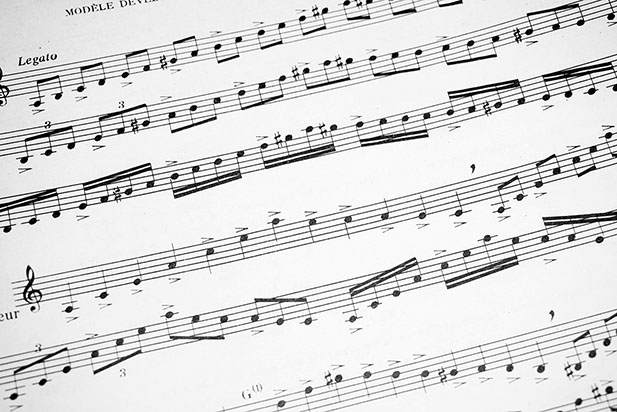YouTube has taken the world by storm. There is no denying it. But YouTube is not just a bunch of funny videos of people falling over or babies laughing. There is a whole world of music videos on YouTube that has changed the way we hear and classify music.
For a long time, we’ve had the same old genres of pop, hip hop, rock etc. Once in a while a new genre would pop up, but that wasn’t an everyday occurrence. Things have changed with the advent of YouTube. Though music videos still have tags of the traditional genres like R&B, country and rock n’ roll, there are new ways of classifying music now. These classifications are based on moods, habits, situations. The traditional methods of defining music––the style of music and who the artist is––have taken a backseat, making room for a new approach.
People now want music that has functional or practical purposes. For example, they might want music for an office party, or music that puts their baby to sleep, or music with waves in the background. The result is that these new classifications have melted the barriers between styles. Now there are new categories that are not as clear-cut as the traditional genres used to be.
So why these new classifications?
YouTube has videos from all over the planet, even from the smallest far flung areas of the world where internet is still a rare phenomenon. It is the go-to video platform. When you have music videos from literally everywhere, it’s not just the physical barriers that dissolve, it’s also affecting how we view music categories.
People can easily download music from two vastly different corners of the world, and mix them up––making a new kind of music. There are also those who don’t adhere to the traditional genres. Everyone has their own playlist; one for getting ready in the morning, one for jogging, one for sleeping, etc. When they upload these preferences to YouTube, word spreads. This influences other people to start looking at music in a different manner, and they focus on its functional purposes.
A study conducted by Massimo Airoldi, Davide Beraldo and Alessandro Gandini, appeared in the journal “Poetics,” called this phenomenon “crowd-generated music categories.”
We live in a world that is constantly in motion. Why should music classifications stand still?


